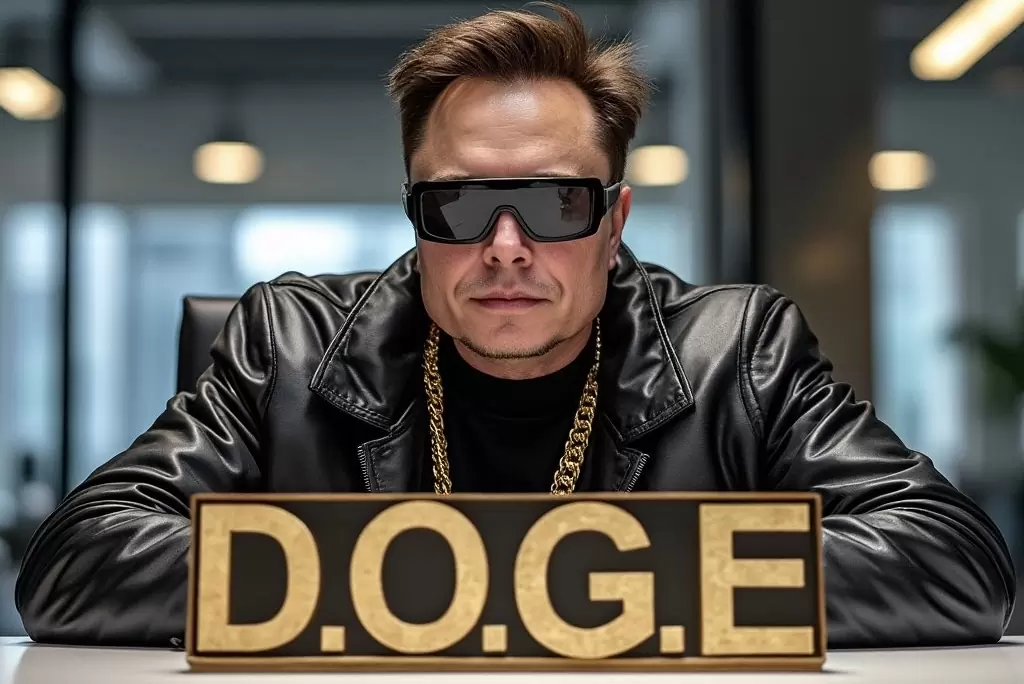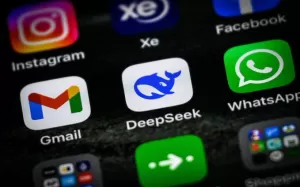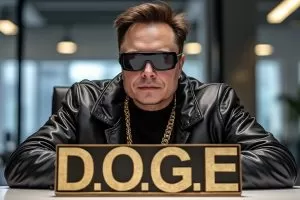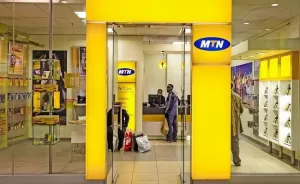Starlink: Revolutionizing Global Internet Connectivity

Starlink is a satellite internet constellation developed by SpaceX, founded by Elon Musk. The project aims to provide fast, reliable, and affordable internet connectivity to the world, especially in underserved and remote communities.
Key Features:
- Low Earth Orbit (LEO) Satellites: Starlink uses a constellation of thousands of satellites in LEO, approximately 550 kilometers above the Earth’s surface.
- High-Speed Internet: Starlink offers speeds of up to 1 Gbps (gigabit per second), comparable to fiber-optic internet.
- Global Coverage: The constellation is designed to provide internet access to the entire world, including remote and underserved areas.
- Low Latency: Starlink’s LEO satellites reduce latency to around 20-30 ms (milliseconds), comparable to wired internet connections.
- Portable and Mobile: Starlink’s user terminals are compact, portable, and can be used on-the-go.
How it Works:
- Satellite Launches: SpaceX launches batches of Starlink satellites into LEO using its Falcon 9 rockets.
- Satellite Constellation: The launched satellites form a constellation, communicating with each other and with user terminals on the ground.
- User Terminals: Users connect to the internet using a compact, phased-array antenna (user terminal) that communicates with the Starlink satellites.
- Internet Connectivity: The user terminal sends and receives internet traffic to and from the Starlink satellites, which relay the data to and from the global internet backbone.
Benefits:
- Bridging the Digital Divide: Starlink aims to provide internet access to underserved and remote communities worldwide.
- Fast and Reliable Internet: Starlink offers high-speed, low-latency internet connectivity, ideal for applications like online education, healthcare, and entrepreneurship.
- Global Connectivity: Starlink enables global communication, facilitating international collaboration, commerce, and cultural exchange.
Challenges and Controversies:
- Space Debris: The large number of Starlink satellites has raised concerns about space debris and potential collisions with other satellites or spacecraft.
- Radio Frequency Interference: Starlink’s satellites operate in the same frequency bands as other satellite systems, potentially causing interference.
- Regulatory Hurdles: Starlink faces regulatory challenges, including obtaining licenses and complying with international telecommunications laws.
Conclusion:
Starlink has the potential to revolutionize global internet connectivity, bridging the digital divide and providing fast, reliable, and affordable internet access to underserved communities worldwide. While challenges and controversies surround the project, SpaceX continues to innovate and address concerns, pushing the boundaries of space technology and global connectivity.







